A review of: Agricultura Urbana – Espacios de Cultivo para una Ciudad Sostenibles / Urban Agriculture – Spaces of Cultivation for a Sustainable City by Graciela Arosemena. 2012. 128 pages. ISBN: 9788425224232. Buy the book.
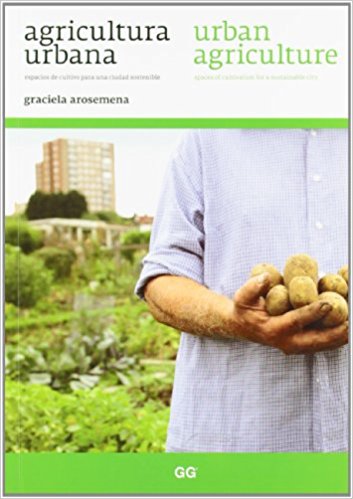 In her short book Urban Agriculture, Graciela Arosemena, gives an overview of urban agriculture’s history until the great rupture and asks a question: Now that agriculture has moved outside the city, is it time to bring it back again? Her answer is “yes”, for many reasons which she associates with the idea of making cities more sustainable. In her vision, urban agriculture can stop the vicious circle of real estate speculation, provide a healthy leisure, foster social cohesion, support a new management of organic waste to reduce city’s ecological footprint and provide food security—if not complete self-sufficiency—by allowing citizens to consume locally grown vegetables and ripe fruits.
In her short book Urban Agriculture, Graciela Arosemena, gives an overview of urban agriculture’s history until the great rupture and asks a question: Now that agriculture has moved outside the city, is it time to bring it back again? Her answer is “yes”, for many reasons which she associates with the idea of making cities more sustainable. In her vision, urban agriculture can stop the vicious circle of real estate speculation, provide a healthy leisure, foster social cohesion, support a new management of organic waste to reduce city’s ecological footprint and provide food security—if not complete self-sufficiency—by allowing citizens to consume locally grown vegetables and ripe fruits.
She relies on Ebenezer Howard’s interest for self-sufficiency in his garden cities and the philosophy of ruralizing the city—which she improperly attributes to Ildefons Cerdà, when in fact it was the idea of one of his followers, (the linear city of Arturo Soria y Mata)—to legitimize her vision of urban agriculture. As everybody knows urban agriculture has become trendy in recent years. Does it still need to be legitimized? Maybe not, but this book is a lot more than a pro domo plea: this short, bilingual book (English and Spanish, on facing pages) is a kind of “Swiss army knife” about urban agriculture. Its material is not only made of considerations on the merits of urban agriculture, it also provides insight, knowledge and techniques to make urban agriculture an activity accessible to everyone. Graciela Arosemena shows how parks and public spaces, gardens, terraces, roofs, and balconies can be converted to cultivating different types of vegetables and fruits. She also shows how organic waste can practically be used to grow fresh food while reducing the ecological footprint of the city. The book is full of photos displaying the different places and techniques for the introduction of agriculture in the city.
This publication can thus be considered as a clear, well-structured and conceptually attractive handbook about how to reintroduce agriculture in the city. But there is much more to it than just that: it also gives insight into how agriculture can transform the practices of urban planning. Indeed Urban Agriculture – Spaces of Cultivation for a Sustainable City summarizes Graciela Arosemena’ doctoral thesis, in which she considers that urban agriculture should be a key element of planning within the urban system. Different examples—in Vienna, Toronto, Havana, Rosario, Barcelona and Gerona—display how gardens and farming lots may penetrate the smallest nooks and crannies of the urban fabric, materializing an emergent movement that the author coins as “global social”.
Now that the urban agriculture is getting so “à la mode”, it is time to move forward and include it officially into urban policies. From this perspective, this book provides us with very valuable seeds for reflection and action. It provides a set of criteria and strategies for intervening in the realms of urbanism and construction that can be helpful to architects, landscape designers and city planners, but also to everyone interested in urban gardening.
François Mancebo
Paris
Click here to buy the book at Amazon. Part of the proceeds return to TNOC.

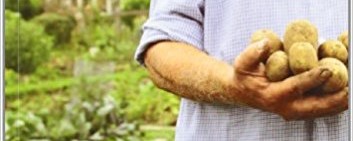






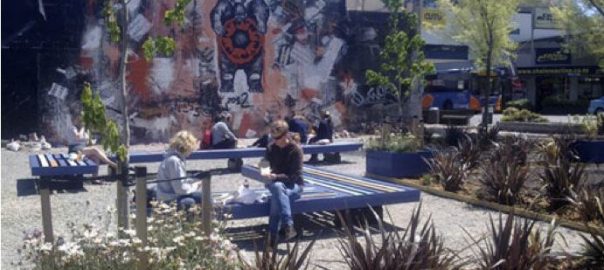
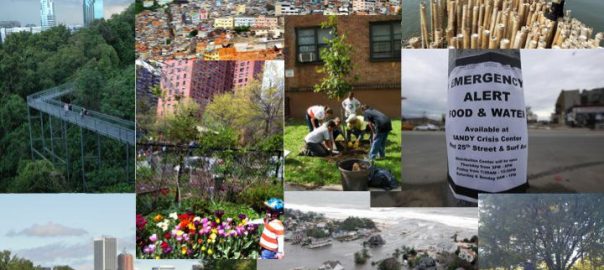
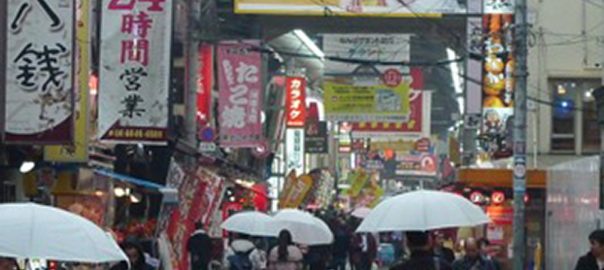
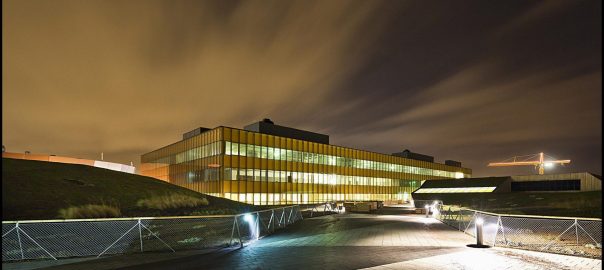
Add a Comment
Join our conversation